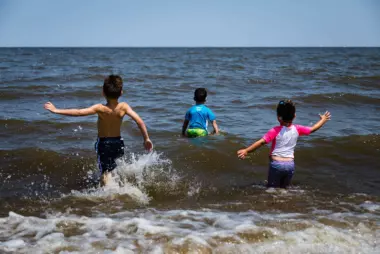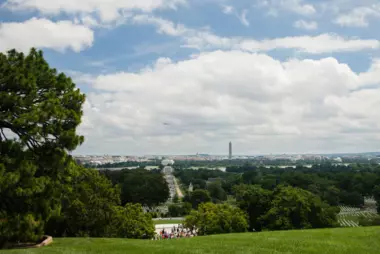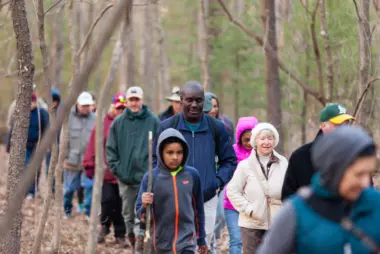Your Health and the Environment
Environmental health affects human health. As a local elected official, it’s important to know about environmental risks and the potential harm poor environmental health has on residents of your communities. This module explains how you can take action to protect your constituents from environmental risks and spur change for your community.
Preview presentation and download files
Downloads
Presentations and Fact Sheets
Presentation Assets
Video for Your Health and the Environment
In this topic you will learn
-
What exposures in our environment pose risks?
-
How does poor environmental health impact my community?
-
What are the benefits of increasing environmental protections?
Downloads
Presentations and Fact Sheets
Presentation Assets
Highlights
Education
Pregnant women exposed to particulate matter during the third trimester are at higher risk of their child developing autism and other developmental issues. There are costs associated with providing classroom support to students with different capabilities or needs.
Economic Development
Nationwide, trees, forests and the ecosystem services they provide are valued at $6.8 billion. These services include removing particulate matter from the air and benefiting human health.
Public Health and Safety
There are multiple contaminants in our wastewater, stormwater runoff, solid waste and more that put our health at risk each day. One emerging issue is PFAS, sometimes called “forever chemicals” because they resist breaking down in nature.
Infrastructure Maintenance and Finance
Microplastics threaten the restoration of the Chesapeake Bay. Ninety-four percent of the microplastics entering the region’s rivers and streams remain in the watershed, without moving into the ocean. Microplastics can exacerbate existing sources of stress on oysters, blue crabs, striped bass and other species vital to the region’s ecosystem and economy. As a result, trash traps and enhanced waste collection systems are being adopted as a way to reduce the amount of microplastics entering local waterways and ultimately, the Chesapeake Bay.
Case Studies You'll Find Inside
Richmond
Richmond, VirginiaThe Legacy of Redlining in Urban Communities
A study from the Science Museum of Virginia found higher temperatures in historically redlined neighborhoods, when compared to higher income, whiter neighborhoods. Redlining is the historical practice of refusing home loans or insurance to neighborhoods based on a racially motivated perception of investment safety. The historically redlined neighborhoods—predominantly lower income and communities of color—were up to 7 degrees warmer, partly because of lower tree cover.
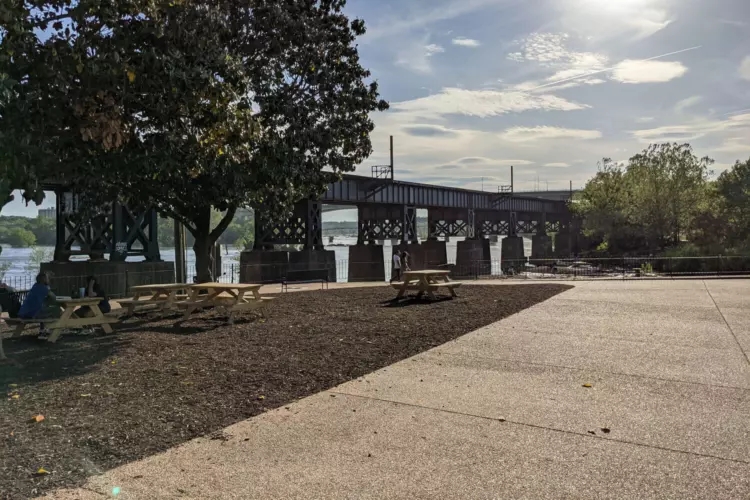
Potomac River
Potomac River BasinMicroplastics Build Up in Striped Bass
A recent study in the Potomac River showed that striped bass are ingesting microplastics, which accumulate in the fish’s gut. People who consume these fish are at risk of consuming microplastics.
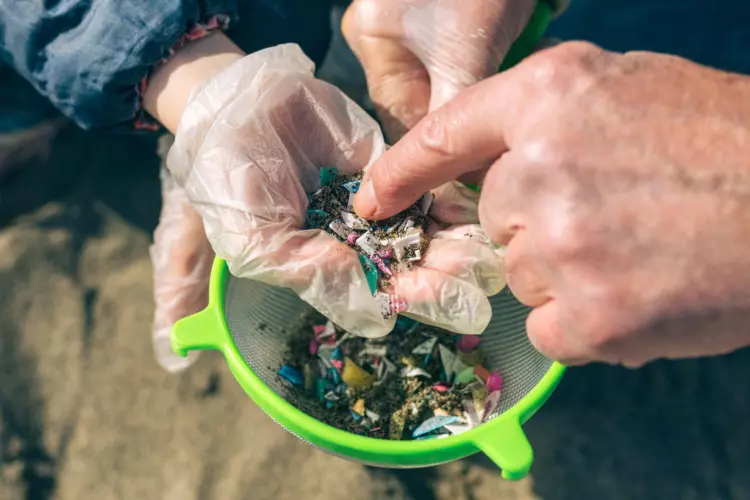
Gloucester Point
Gloucester Point, VirginiaSeptic Failures Endanger Humans, Wildlife
In Gloucester Point, Virginia, sea level rise causes flooding and overly saturated soil, and is linked to septic system failures in the Middle Peninsula. Septic failures result in sewage flooding, which creates a dangerous situation for humans and animals who live in and depend on the Bay and its resources.
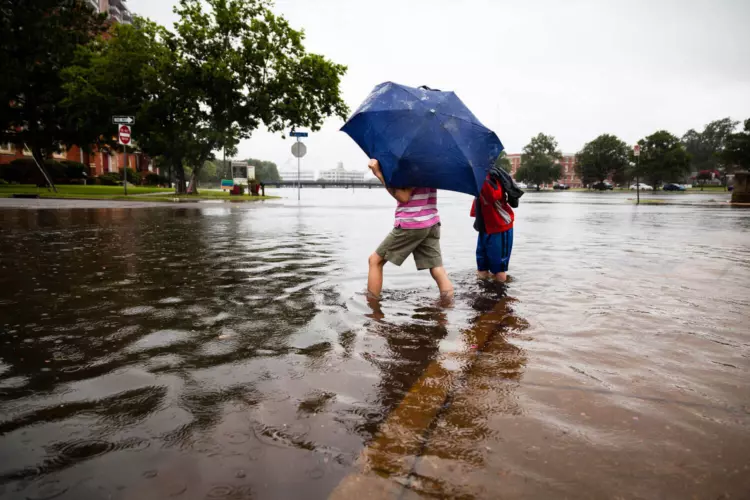
York
York, PennsylvaniaLandfill Invests in Waste Treatment to Protect Local Residents
When the Lower Susquehanna Riverkeeper conducted water sampling from a discharge pipe leading from Modern Landfill into Kreutz Creek, they revealed catastrophic levels of PFAS. Data from the U.S. Environmental Protection Agency further suggested the landfill’s discharged, treated wastewater contained excess nitrogen, boron and fecal coliform. As a result, the landfill built a $23 million treatment plant. This investment protects local residents from respiratory issues, cancers, illness and disease, and other health impacts.
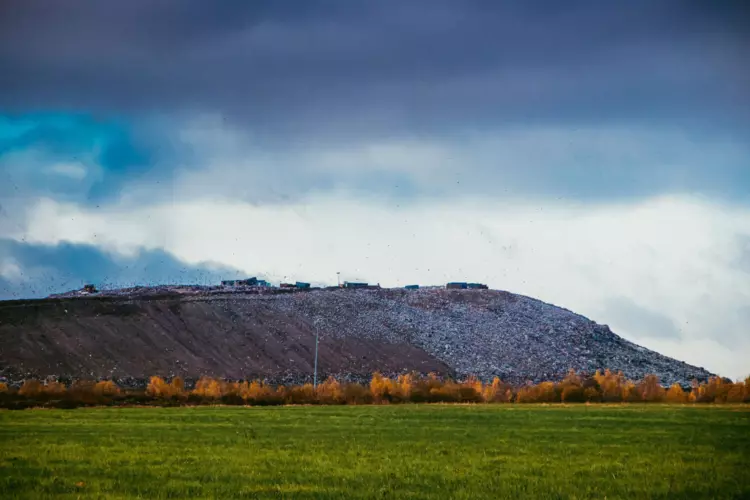
Bay Watershed
Chesapeake Bay WatershedHighlighting the Health Risks of PCB Exposure
The Chesapeake Bay Program’s Toxic Contaminants and Diversity Workgroups created a suite of communications tools for populations at high risk for PCB exposure through the consumption of fish from waters impaired by toxic contaminants. These populations include children, those who are pregnant, linguistically isolated communities, and those who do not have regular access to government communications. The tools highlight the health risks of exposure to PCBs.
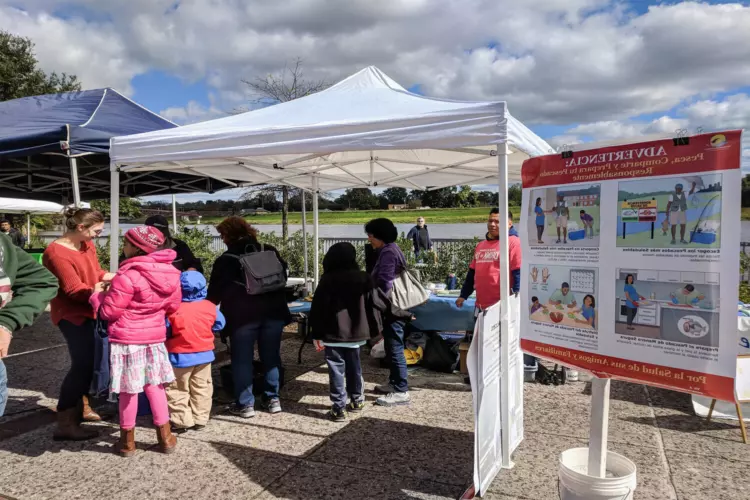
National Parks
National Capital AreaUrban Trees Remove Air Pollution Across National Parks
A recent i-Tree analysis found that urban tree canopy in 11 national parks across the National Capital Area remove over 1.1 million metric tonnes of air pollution each year. Trees absorb gaseous molecules like sulfur dioxide and carbon monoxide, and leaves temporarily catch particulate matter, which is later dissolved by rainwater or transferred into the soil. The monetary value of this ecosystem service for just Rock Creek, Monocacy, and Catoctin parks alone is over $2.7 million per year.
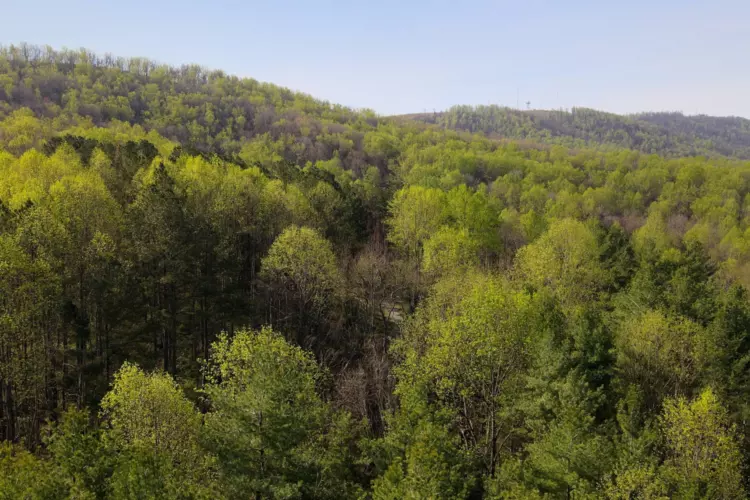
Washington, D.C.
Washington, D.C.Clean Fleet of City Buses Decreases Harmful Emissions
Washington, D.C., developed a clean fleet of buses to decrease air pollution and harmful emissions; reduce transportation costs; and increase the use of public transportation.
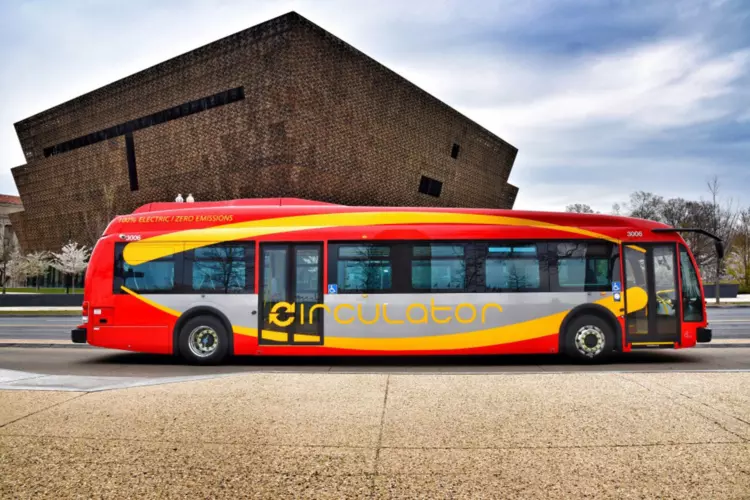
Baltimore
Baltimore, MarylandReducing Lead Exposure in Children
In 2015, Chesapeake Physicians for Social Responsibility used data from the Maryland Department of the Environment to map lead poisoning, showing that children in Baltimore had higher levels of lead in their blood than children in other Maryland counties. A 2020 update showed that adopting a proactive standard, where testing and enforcement occur, dramatically decreases the likelihood of lead exposure.
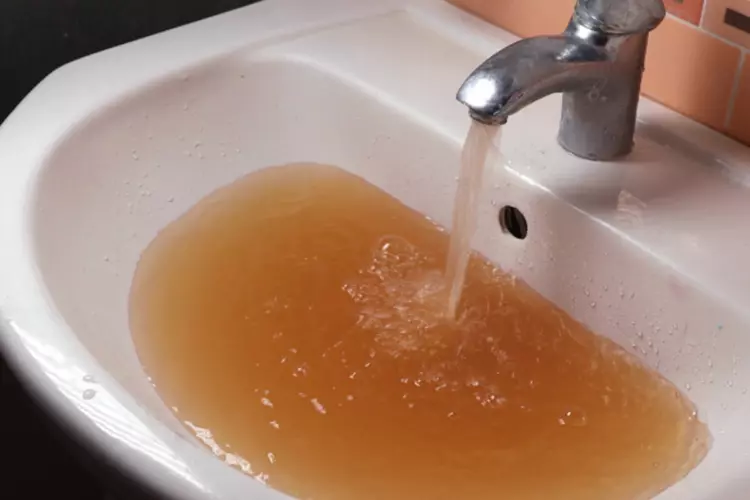
Here's How You Can Help
Learn More About This Topic
Learn how pesticides, pharmaceuticals, metals and other chemicals can harm the health of both humans and wildlife.
Learn how pollutants can reach groundwater, and how contaminated groundwater poses a problem for the Chesapeake Bay.
Learn how environmental hazards such as extreme heat and poor water quality adversely affect low-income communities and people of color.
Access data about air quality where you live.
Access resources about lead.

